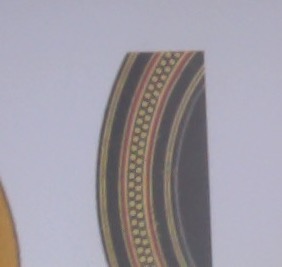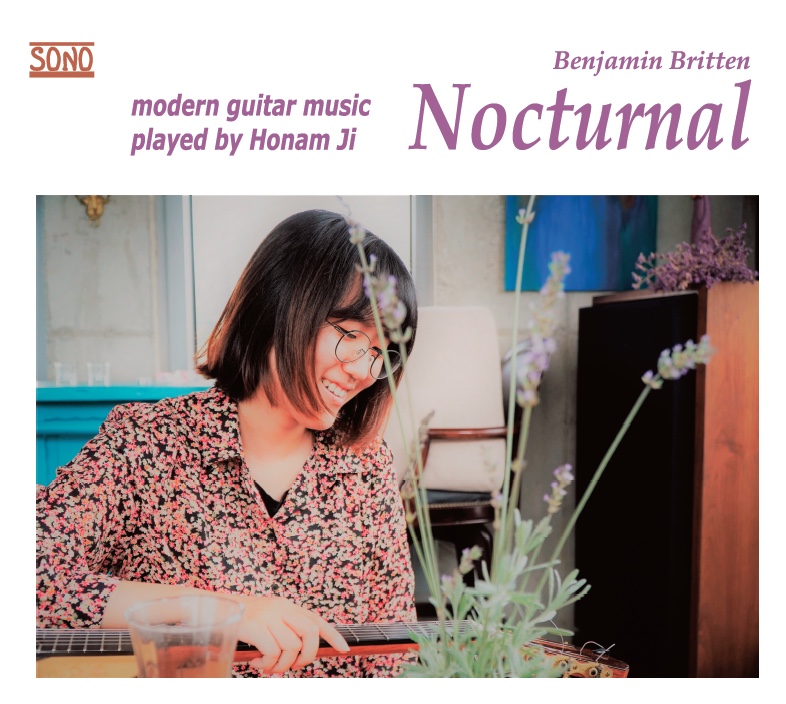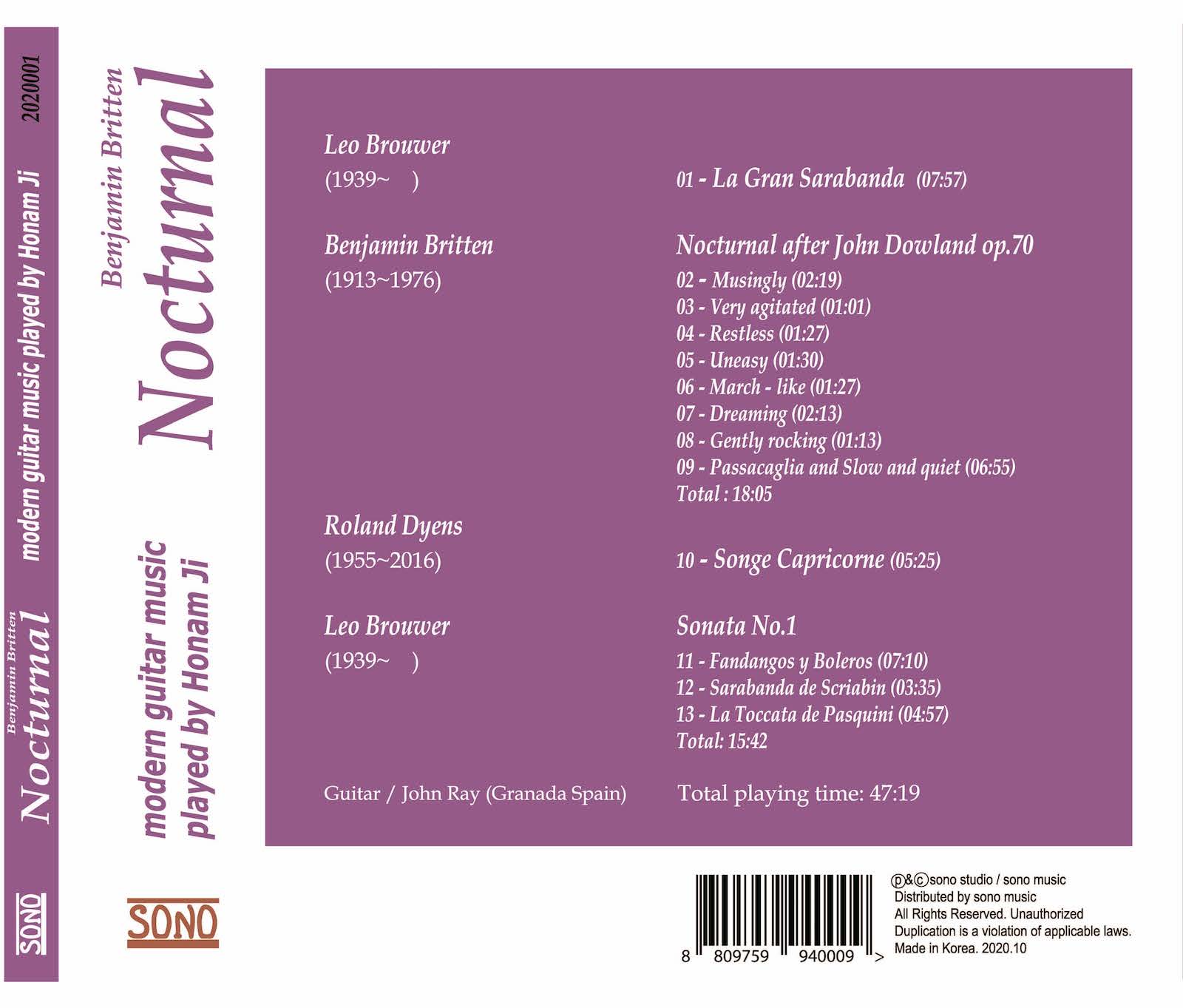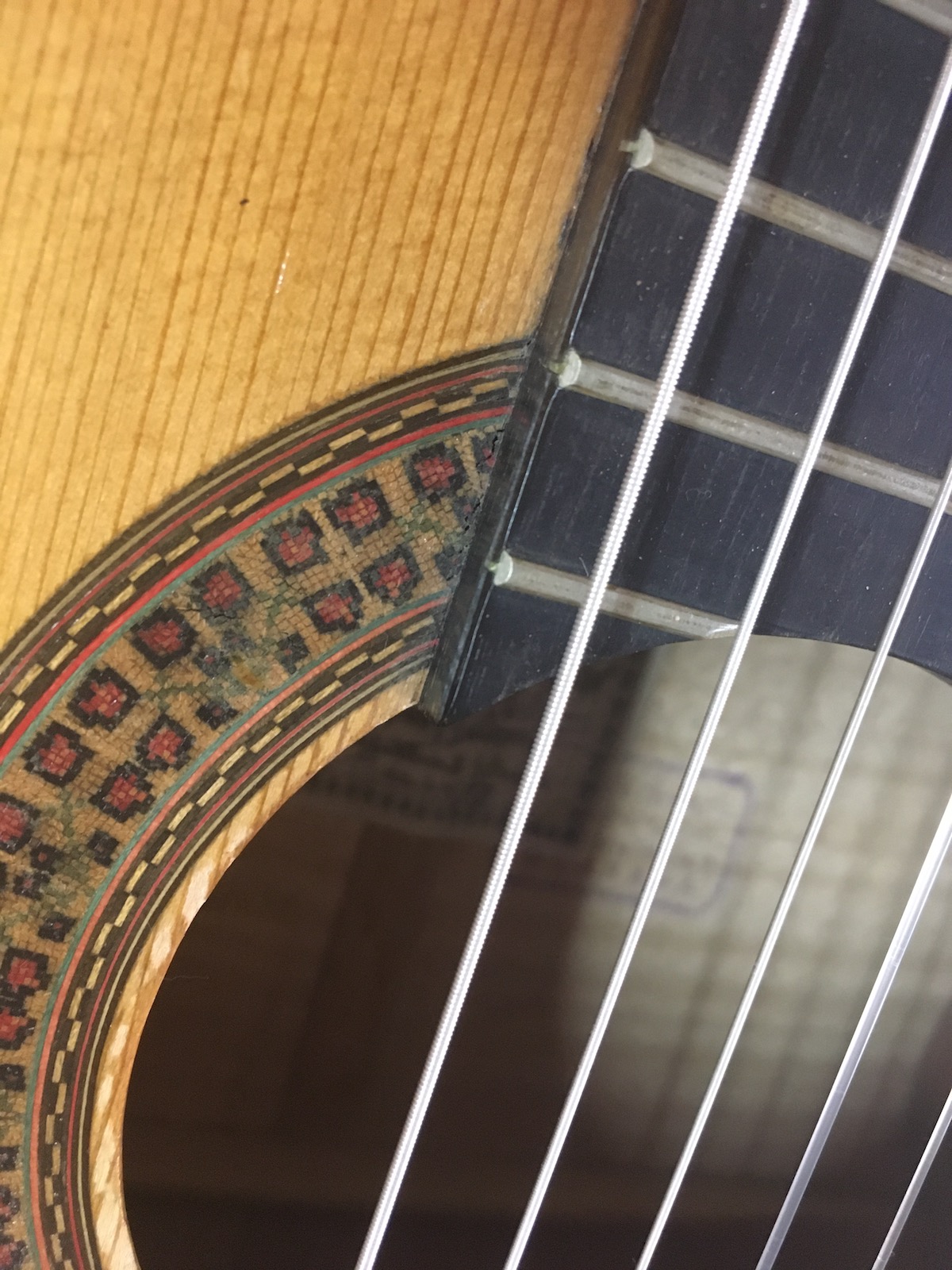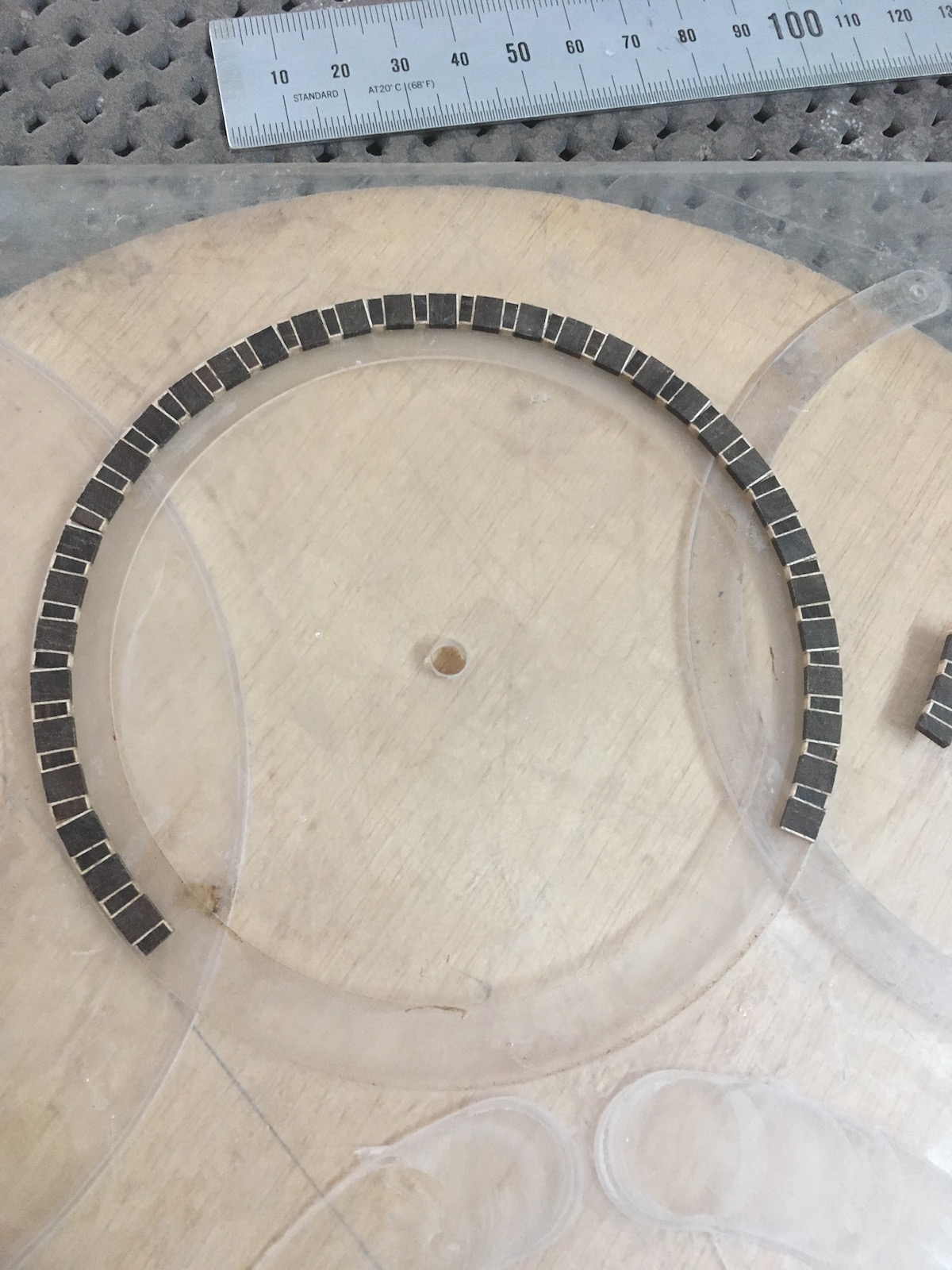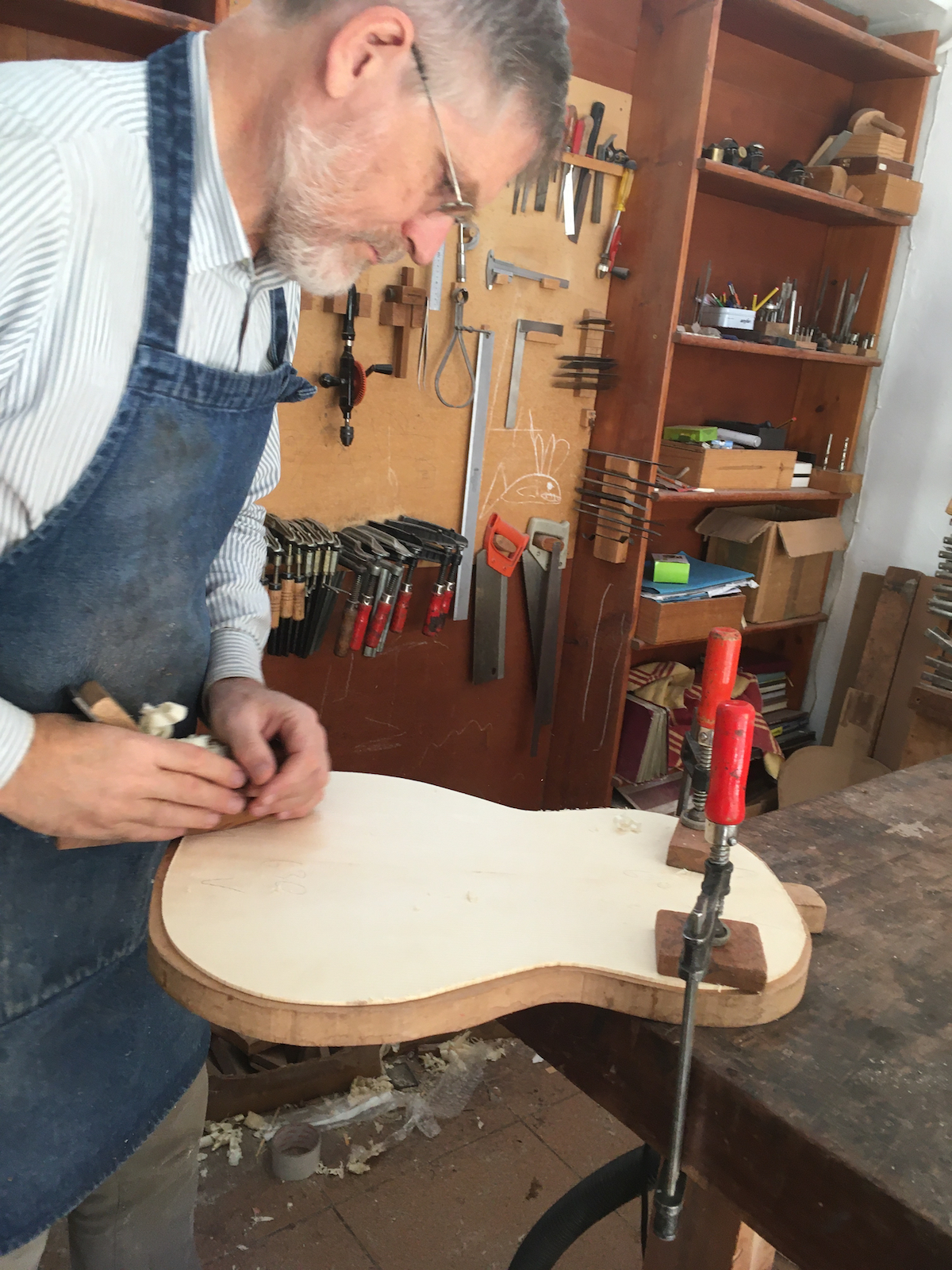 If we talked about design the other day today we can talk about the architecture of the guitar. My first teacher used to say that acoustics is the resolution of the structural problems of the instrument. I would add three ideas to this theory. First, the good guitar maker tests changes in construction on a very small scale to try to get the sound or other characteristic that he is looking for. Modify a thickness or reinforcement and once its effect has been verified, decide to incorporate the change or reject it. It is important to only make one change at a time. If the guitar maker does not have enough experience, he must have musicians willing to give their honest and reasoned opinion. It is not easy to find this “advisor” as we may run into someone who leads us down the wrong path and does not help to improve the guitars. Not all guitarrists know what they are looking for in an instrument and can be completely objective. Don’t forget that precisely because the guitar market is small, you have to fit in with what a majority of guitarists are looking for. You might need more than one player to advise you. Second: the evolution of the guitar and its result is a good path, we have come to this because it works well as an instrument. For this reason, I always recommend that the personal evolution of a guitar maker begins with a consolidated model. If you do not have available a well-recognized guitar as a reference to copy at least you can resort to using the measurements of those guitars. Torres and Santos Hernández are good references. At the beginning I used Hauser and Fleta plans and discarded the Fleta. The heavy bracing of that particular guitar didn’t work for me at least with a spruce top. The personal path of the guitar maker is long but having a base that we know can work allows us to make the changes little by little that makes your sound your own and corrects the mistakes that you yourself have introduced when interpreting the master guitar-maker. Third: We have arrived at this guitar model by relying on those who came before; centuries of evolution. We cannot discount all that they learned and the knowledge they left behind. The same happens with those who study today. More and more guitar-makers offer their experience of how changes in the structure affect the guitar’s sound and playability. If we can judge for ourselves the reliability of this information and rule out the bad, what remains can be a great help. Jeffrey Elliot, Trevor Gore, David Hurd and Alan Carruth spring to mind as makers who have done a lot of research and shared it in different ways.
If we talked about design the other day today we can talk about the architecture of the guitar. My first teacher used to say that acoustics is the resolution of the structural problems of the instrument. I would add three ideas to this theory. First, the good guitar maker tests changes in construction on a very small scale to try to get the sound or other characteristic that he is looking for. Modify a thickness or reinforcement and once its effect has been verified, decide to incorporate the change or reject it. It is important to only make one change at a time. If the guitar maker does not have enough experience, he must have musicians willing to give their honest and reasoned opinion. It is not easy to find this “advisor” as we may run into someone who leads us down the wrong path and does not help to improve the guitars. Not all guitarrists know what they are looking for in an instrument and can be completely objective. Don’t forget that precisely because the guitar market is small, you have to fit in with what a majority of guitarists are looking for. You might need more than one player to advise you. Second: the evolution of the guitar and its result is a good path, we have come to this because it works well as an instrument. For this reason, I always recommend that the personal evolution of a guitar maker begins with a consolidated model. If you do not have available a well-recognized guitar as a reference to copy at least you can resort to using the measurements of those guitars. Torres and Santos Hernández are good references. At the beginning I used Hauser and Fleta plans and discarded the Fleta. The heavy bracing of that particular guitar didn’t work for me at least with a spruce top. The personal path of the guitar maker is long but having a base that we know can work allows us to make the changes little by little that makes your sound your own and corrects the mistakes that you yourself have introduced when interpreting the master guitar-maker. Third: We have arrived at this guitar model by relying on those who came before; centuries of evolution. We cannot discount all that they learned and the knowledge they left behind. The same happens with those who study today. More and more guitar-makers offer their experience of how changes in the structure affect the guitar’s sound and playability. If we can judge for ourselves the reliability of this information and rule out the bad, what remains can be a great help. Jeffrey Elliot, Trevor Gore, David Hurd and Alan Carruth spring to mind as makers who have done a lot of research and shared it in different ways.
As may be obvious from reading these articles I am trying to include advice for beginners along the lines of “how to build your first guitar without getting it wrong”. Regarding the thickness of the back and sides, stick with the measurements of the original, there will be time to try other things. It matters much less than other things like bracing, doming, and of course the quality and thickness of the top. I do usually stay at 1.8 for the sides and 2.2 for the back. When I make copies of historical guitars I measure the guitar and use the original measurements.

